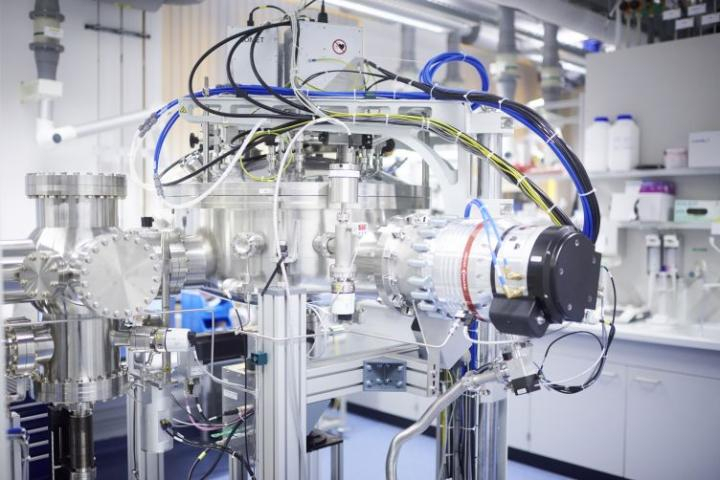
In this era of big data analytics, future digital data storage devices or memory chips mainly rely on novel fundamental magnetic phenomena and German scientists have cracked a new method to make magnetic switches and data storage devices that utilize geometrically-induced chiral properties.
Physicists from the Helmholtz-Zentrum Dresden-Rossendorf (HZDR) and the Helmholtz-Zentrum Berlin (HZB), using a creative approach of shaping magnetic thin films in curved architectures, validated the presence of chiral responses in a commonly used magnetic material. This helps to create magnetic systems with desired properties that rely on simple geometrical transformations.
Since no two mirror images can be the same, or left hand is always different from the right as a left glove won't fit the right hand and vice versa, a feature known as "chirality" to describe objects that do not align with their mirror image. It's a familiar property in molecules. Since such chiral effects are known to occur in magnetic materials, some textures behave like image and mirror image.
Interestingly, the two textures can present different magnetic behaviors, says HZDR physicist Denys Makarov. "To put it simply: a right-handed texture can be more energetically preferable than a left-handed texture. Since systems in nature tend to assume their lowest possible energetic state, the right-handed state is preferred."
Such chiral effects hold great promise in the future development of highly energy-efficient electronic components such as sensors, switches, and non-volatile storage devices.
"Helimagnets are materials with well-defined chiral magnetic properties, due to a lack of internal magnetic symmetry," explains the lead author of the paper, Oleksii Volkov from HZDR's Institute of Ion Beam Physics and Materials Research. Though these are exotic materials, they are difficult to produce as their unique chiral properties are exhibited at low temperatures.
Makarov's team used a different path -- a common magnetic material, iron-nickel alloy (known as Permalloy), to build curved objects like parabola-shaped strips. Using lithography, they formed various parabolic strips of several micrometers from thin sheets of Permalloy.
Then they exposed the samples to a magnetic field, orienting the magnetic moments in the parabola along this magnetic field. They then explored the magnetization reversal using a highly sensitive analysis method at HZB's synchrotron. The team found the magnetic moments in the parabolic strip remained in their original direction until a reversed magnetic field of a certain critical value was applied.
This delayed response is due to chiral effects. "Theorists have predicted this unusual behavior for some time, but it was actually considered more of a theoretical trick, but now we have shown that this trick actually works in practice," explains Florian Kronast of Helmholtz-Zentrum Berlin.
The concept will now help design future digital data storage in certain magnetic objects, so-called chiral domain walls or skyrmions, which can be produced at room temperature, using common materials. In addition, the newly discovered effect also paves the way for novel, highly sensitive magnetic field sensors.
The team has presented their work in the journal Physical Review Letters.









